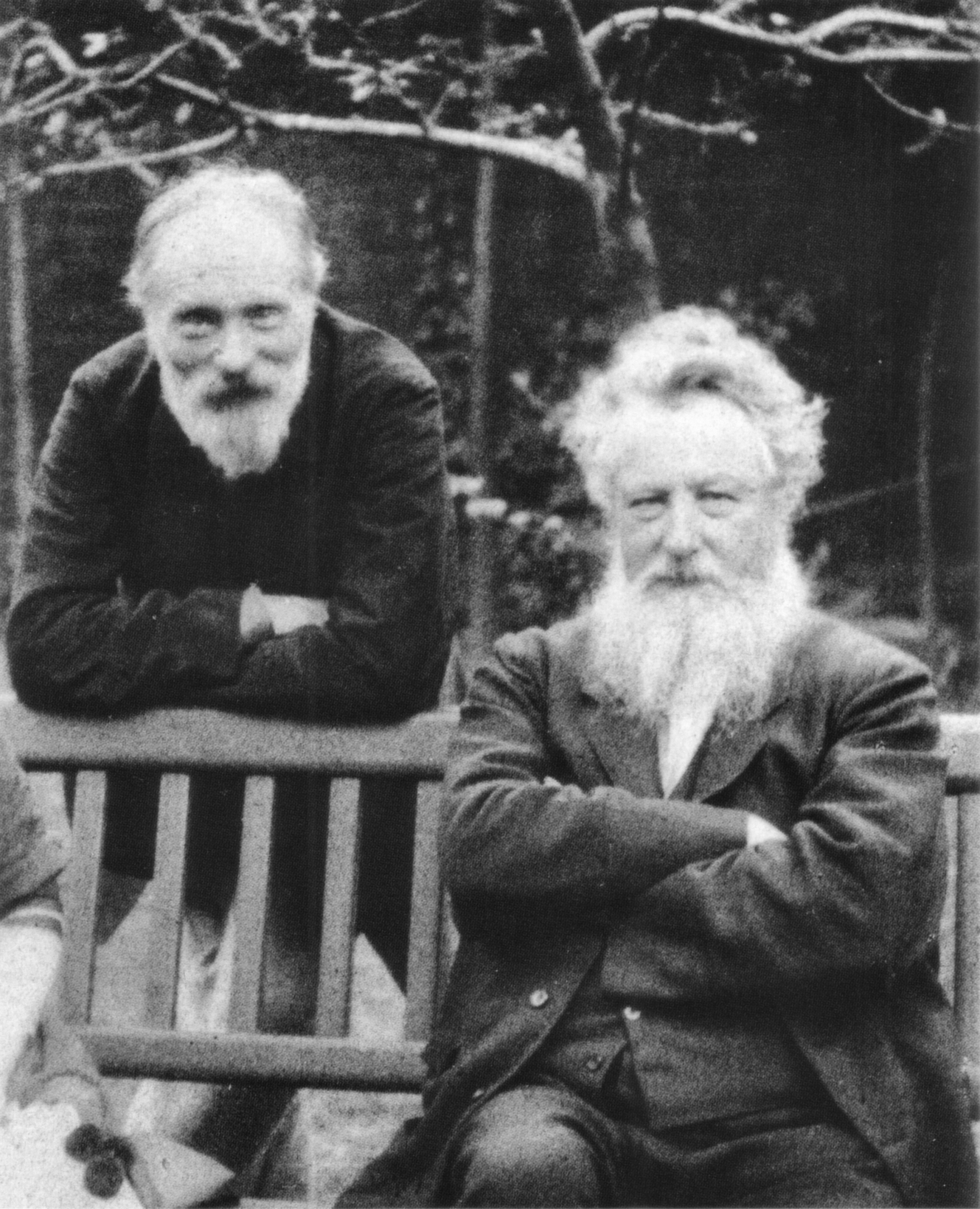Algernon Charles Swinburne's dramatic and lyrical poem "Laus Veneris" and Edward Burne-Jones's subsequent painting of the same title were created within 4 years of each other. The title "Laus Veneris," meaning "The Praise of Venus or Love" in Latin, is based on the legend of Tannhäuser, popularized by a Wagnerian opera. In the saga, the young knight falls in love with Venus and lives with her in her subterranean home until he becomes filled with remorse. He escapes her snares and travels to Rome to ask Pope Urban if he could be absolved of his sins. The Pope declares it impossible - just as impossible as his papal staff could bloom. Three days after Tannhäuser returns to Vienna, the Pope's staff supposedly bloomed with flowers, but the knight never learns of this divine miracle and spends his life in damnation. Throughout the poem the speaker bemoans his own enslavement to love, or this damnation, such as in this case: "Alas thy beauty! For thy mouth's sweet sake…My soul is bitter to me, my limbs quake." His addiction to physical love and sensuality also reflects the idea of Venus's dangerous beauty, for according to the legend, Venus lures Tannhäuser by bathing in the woods. This outstanding painting shows the legendary court of Venusberg (the ‘City of Love’). The knight seen in the centre of the window is riding off to seek forgiveness for having given himself up to a life of pleasure in there. The Queen's attendants are playing music (also known as the food of love). A rose, further symbolizing love, lies on the ground by the Queen. The tapestry in the background shows Cupid riding on the chariot of Venus, goddess of love. Edward Burne-Jones was the leader of the second phase of the Pre-Raphaelite movement, and was one of the most influential artists of his time. Today is #NationalPoetryDay in UK!




Laus Veneris
oil on canvas • 122 x 183 cm
 Edward Burne-Jones
Edward Burne-Jones